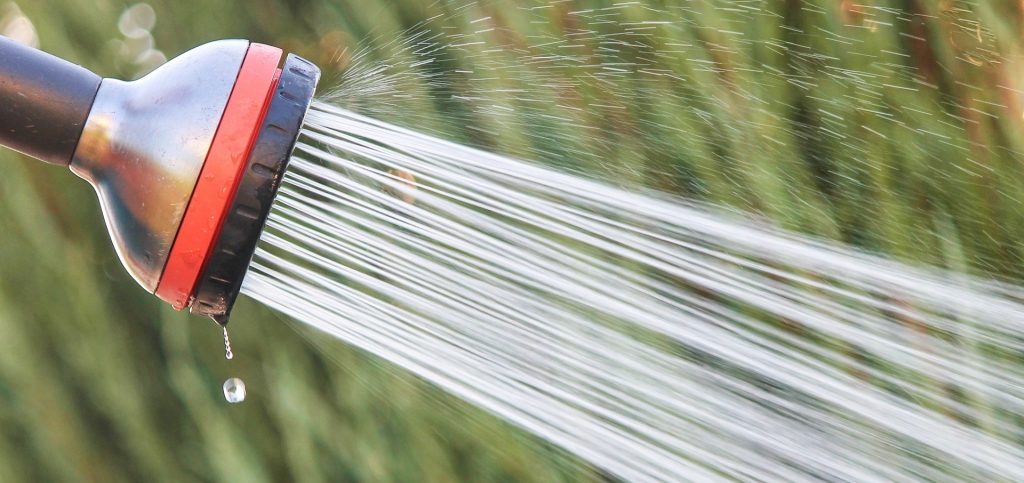What is Greywater?

Droughts in recent years have all of us thinking about conservation in areas as diverse as agriculture to lawn irrigation. Some answers are closer, and simpler, than you may think.
Defining Greywater
Wastewater falls into two categories. Anything that goes down the toilet or otherwise involves human waste (like diaper cleaning) is called black water. Water that’s put to myriad other uses, but does not come into contact with human waste, is called greywater.
Greywater Sources
You’ve probably intuited some of the common greywater sources in your home. There are a few others that may surprise you. Your washing machine, dishwasher, shower, and sinks are often fair game. However, so are your swimming pool, evaporative cooler, and dehumidifier, if you have those.
Greywater Problems
While greywater can be helpful, especially with regard to conservation, it’s also not without its problems.
- Storage: The water you generate in household use isn’t always there when you need it, and there’s the problem of what to do with it in the meantime, especially since longer-term storage of greywater isn’t advised. A specialized tank called a settling tank works similarly to a septic tank, and can allow for waste products to separate.
- Contaminants: Soaps, detergents, saline, bleach, oils, grease, suspended solids, bacteria, and turbidity are all common water contaminants. These each pose challenges when it comes to the handling and use of greywater, as we’ll see shortly.
- Filtration: Filtration systems can remove some of the common contaminants from greywater, with the type(s) of filters used varying based on the presence and degree of contamination. Mesh, sand, and so-called multimedia filters (where different filter types deal with different contaminants, often at different rates) are all common options.
- Distance to Water Table: In areas where the water table is closer to the surface, extra care should be taken to ensure that the wide variety of contaminants won’t work their way into the ground water; this is especially important with certain types of soil, and for properties making use of well water.
Uses of Greywater
Greywater can be put to a multitude of uses, but two are most common. The first of these is in place of potable (drinking) water in your toilet. If you decide to use reclaimed water for your toilet — we can’t emphasize this enough — put it in the bowl, not the tank, so you don’t damage your plumbing.
The other common use is irrigation, since greywater can be used to water grasses and plants (which often thrive off the nutrients in wastewater) and even some edible plants. However, in the latter instance, it’s important not to use greywater on the edible surfaces of plants (so keep it off your spinach and leafy greens), and it shouldn’t be used on root veggies that are eaten raw (like carrots). Furthermore, some common household products (like borax, or anything high in salt) can damage plants rather than helping them. And — rather importantly — you should never divert greywater to your home’s or business’s sprinklers or irrigation system, since this clogs the system and leads to expensive irrigation repairs and replacement.
Getting Started with Greywater
After decades of legal confusion, California updated its rules and greywater regulations in 2009. For laundry-to-landscape systems (by far the most common), no permit is required. But if you plan on using greywater from other sources, you’ll need permits and inspections along with the services of a plumber. This is due in part to some municipalities not allowing certain types of greywater, and is also because you’ll be diverting drainage and making other changes to your plumbing. For that, we suggest a call to Contact Ace Plumbing Heating and Air Conditioning from anywhere in the greater Sacramento area.



